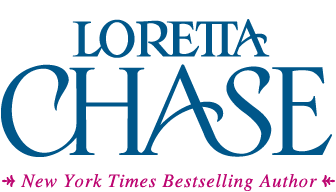I've just finished reviewing the copy edits and making corrections to the manuscript of Dukes Prefer Blondes. This is my next-to-last chance to go over the work and try to catch as many errors and stupidities as possible. The copy editor has gone over the manuscript in detail, correcting punctuation, spelling, and typos; providing formatting instructions for the printer; correcting or querying inconsistencies; and pointing out content that looks wrong or sentences that don't make sense.
It is always a wonder to me how anybody can do this for 400 pages (probably two or three times, I'll bet) and not set the manuscript on fire. Of course, these days, we are copy editing electronically, using Track Changes, so the fire would only be virtual.
Track Changes definitely makes things easier and faster, and I'm happy to have it. But my brain doesn't always read the computer screen correctly. I know some authors can work without ever printing out anything, but they are not me. I went through the whole manuscript electronically. Then, because I had time and OCD, I printed it out and went over it again. And guess what? I found 20 or more problems I'd missed on the first run-through. And you know what? Next go-round will be the page proofs, and you can be sure I will still find several crazy mistakes that none of us caught the first or second times.
And when the book goes to print, we may be sure there will be at least one mistake.
But that's some time away. The publication date is January 2016, with a release date of 29 December 2015.
Trafalgar Square, illustrated above, plays an important part in the story. This image is from the mid 1830s (Wikipedia has it for 1837-43, but the dresses look 1834-35 to me). The area was a work-in-progress for many years. Nelson's Column wasn't completely completed until the 1860s.
Clicking on the image will enlarge it. Clicking on the caption will allow you to view it at the source, where you can learn more and enlarge images as needed.



